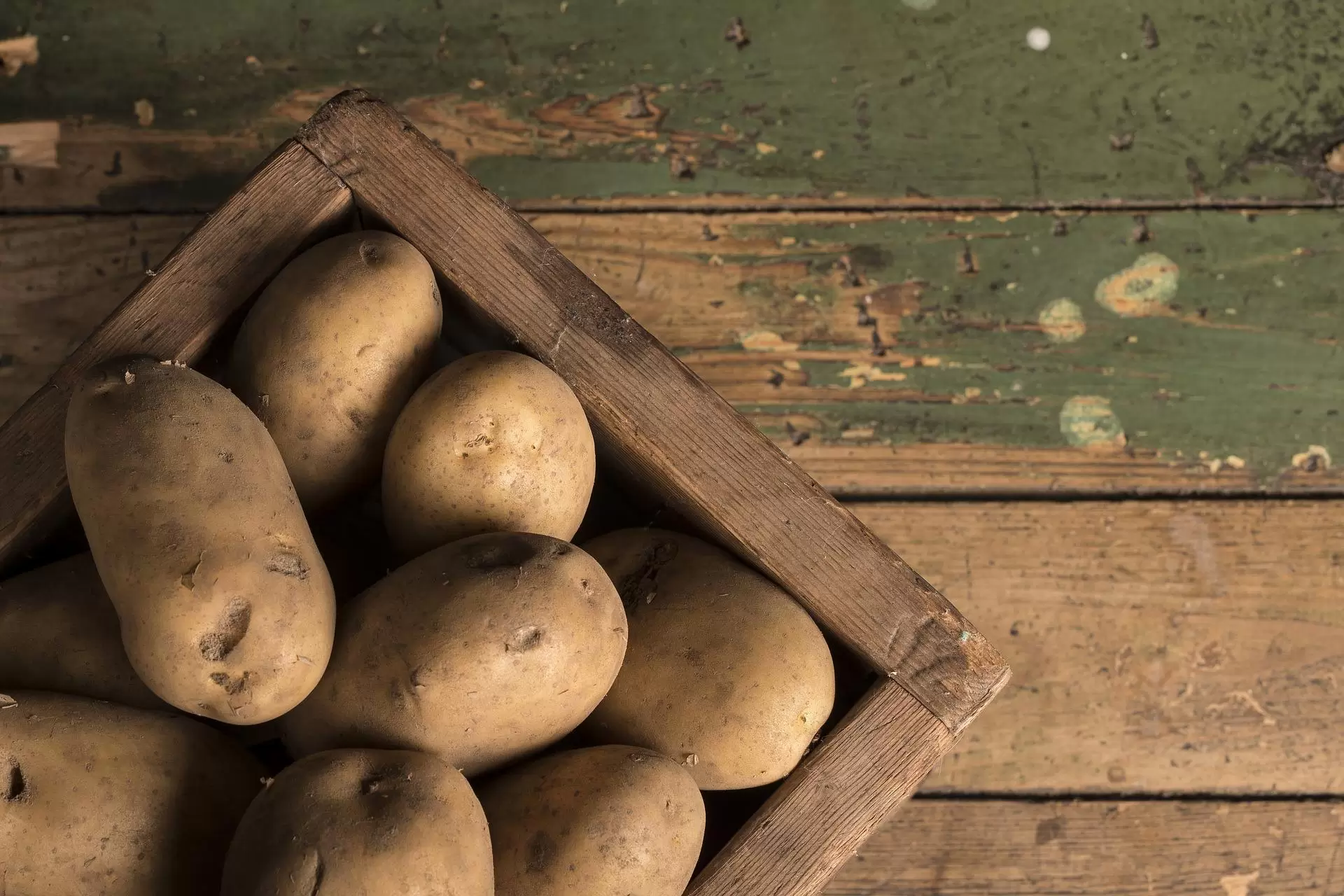

We've all worked hard throughout the season and are now busy harvesting our crops. The efforts will pay off as long as we can make them last with no waste. We also want to ensure we can maximise flavour, texture and nutrients.
How you store your fruit and vegetables often depends on your use of them and personal preferences but we've given a brief guide below for those who are new to growing and have a good harvest to last them over the winter months. We appreciate that some growers prefer to blanch all or most produce, as it does rid the produce of anything unwanted too; however it is a time-consuming task and energy isn't cheap and so here is a general guideline that will hopefully save you time and money as well.
Tip: Use bags, not tubs to save space in the freezer. Date and label everything!
Beans
Wash, blanch for 2-3 mins, cool and freeze in labelled and dated bags.
Beetroot
Wash and leave approx 2 inch leaf stems, cook in boiling water for approx 30 minutes. Remove and plunge straight into ice-cold water. Allow to cool and easily peel skin away by massaging with fingers. Cut ends and either chop and pickle in sterile storage jars or leave whole. Alternatively bag up, label and freeze.
Broccoli
Wash, chop up into florets and blanch for 3-4 mins. Cool and freeze in a labelled bag.
Cabbage
Wash, shred up and blanch for 3-4 mins. Cool and freeze in a labelled bag.
Carrots
Wash, peel if you wish and chop ready for cooking. Freeze in dated and labelled bags.
Peas
Remove from pods and freeze in labelled bag.
Sweetcorn
Remove silks and excess leaves, keep as they are within their husks - inner leaves that enclose the corn and put straight into the freezer. Defrost thoroughly before cooking.
Tomatoes
(For sauces). Freeze and defrost - the skins will peel away easily.
Potatoes
Leave out to dry off wet soil covering potatoes/remove soil. Don't wash them until you plan to use them and store in a cool dark place in hessian sacks, brown paper sacks or boxes.